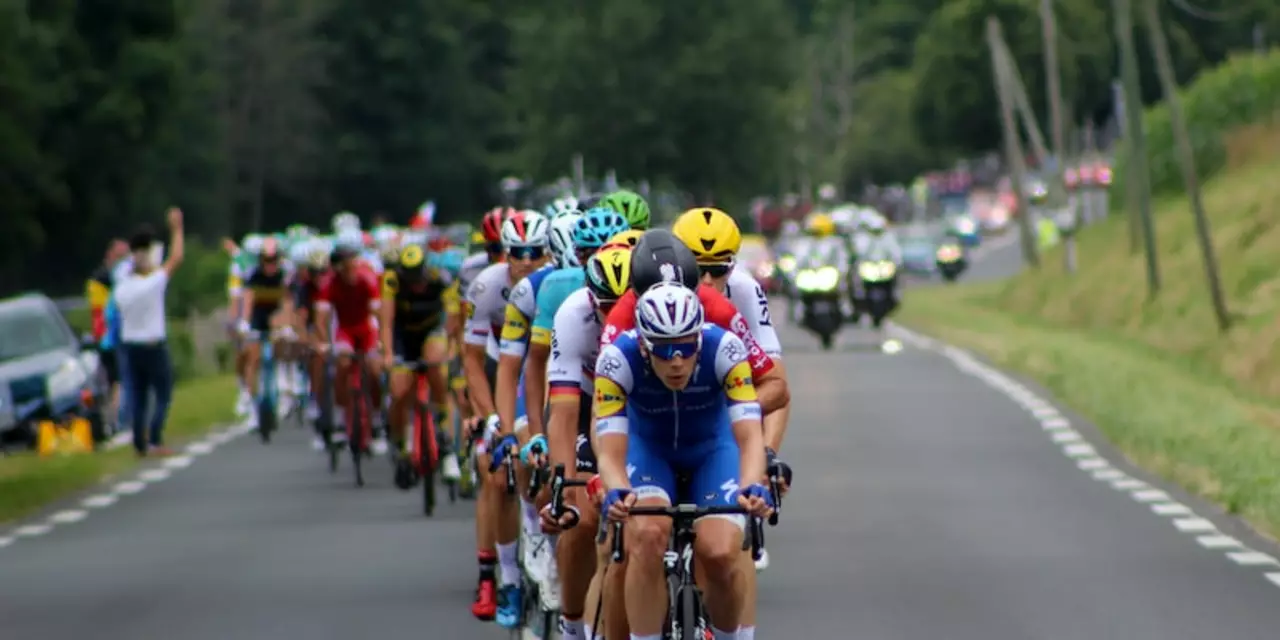Why Teams Are Essential in the Tour de France
Ever watched the Tour and wondered why riders never go it alone? The answer is simple: cycling is a team sport. Teams give riders the support they need to chase, defend, and finish strong. Without a team, even the best cyclist would struggle against wind, fatigue, and tactics from rivals.
When you hear a team name on the TV screen, you’re actually seeing a group of specialists working toward a shared goal. Some riders protect the leader, others chase breakaways, and a few focus on sprint finishes. Each role is planned before the race starts and adjusts daily based on the terrain and competition.
Team Roles on the Road
The lead rider, often called the team captain, is the one aiming for the yellow jersey. Domestiques—those hardworking support riders—stay close, shelter the leader from wind, fetch water bottles, and chase down attacks. On mountain stages, climbers help position the leader for a strong ascent, while on flat stages, sprinters rely on a lead-out train to launch them toward the finish line.
These roles aren’t static. If a domestique feels strong, they might get a chance to go for a stage win. Teams stay flexible to exploit opportunities while keeping the overall plan in mind.
How Teams Shape the Race
Team tactics turn a long, grueling race into a chess game. By forming a peloton, teams reduce wind resistance for their leader—this is called drafting and can save a rider up to 30% of effort. When a rival attacks, a team can send a rider to close the gap, keeping the leader safe.
Breakaways are another tool. A small group of riders might slip away early, forcing other teams to chase. This tires out competitors and clears the way for a teammate to gain time later in the stage.
Even the timing of a rider’s effort matters. Teams often coordinate when to push hard on climbs or when to pull back on descents, ensuring the leader conserves energy for decisive moments.
All this teamwork makes the Tour de France more than just a race; it’s a showcase of strategy, cooperation, and endurance. The next time you watch the yellow jersey cross the finish line, remember the dozens of teammates who helped shape that moment.
Why are there teams in the Tour de France?
The Tour de France is one of the most popular cycling races in the world. Every year, teams of cyclists from all over the world compete in the race. The teams are composed of cyclists who work together to help each other reach the finish line. Teams are important to the Tour de France because they give the riders a sense of support and camaraderie while they are out on the course. This helps them to stay focused on their goals and perform at their best. Additionally, teams allow for a more competitive race as riders can use their teammates to help chase down opponents or to provide a draft for them. Ultimately, teams make the Tour de France a more exciting and dynamic race.
More